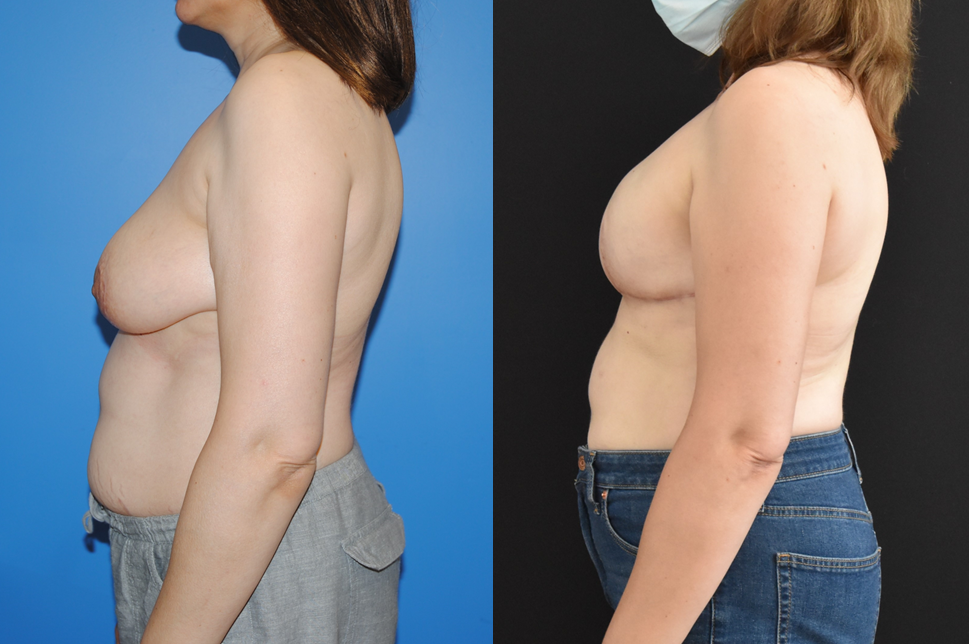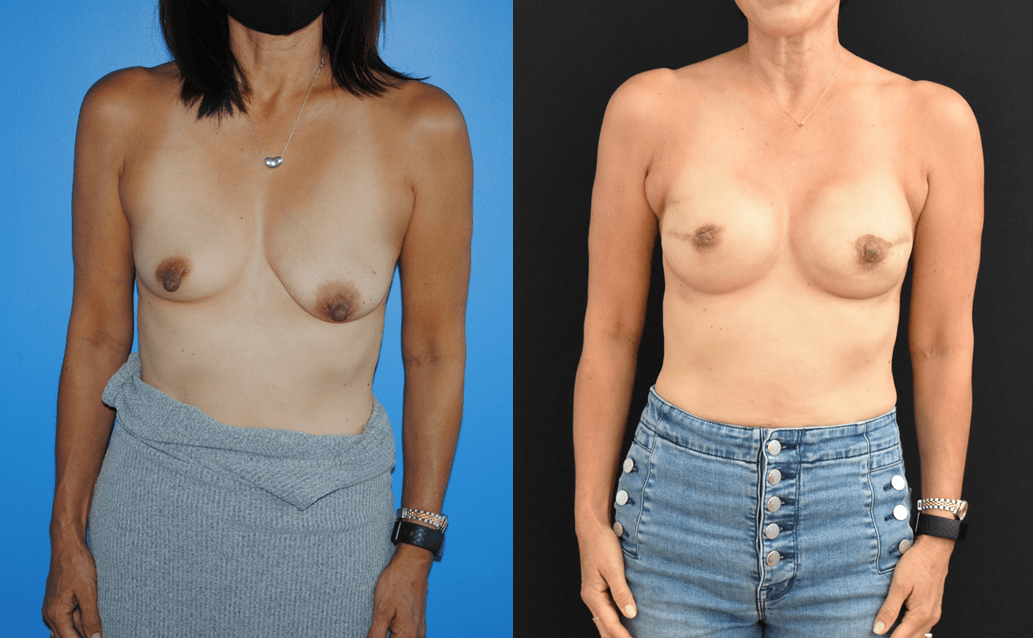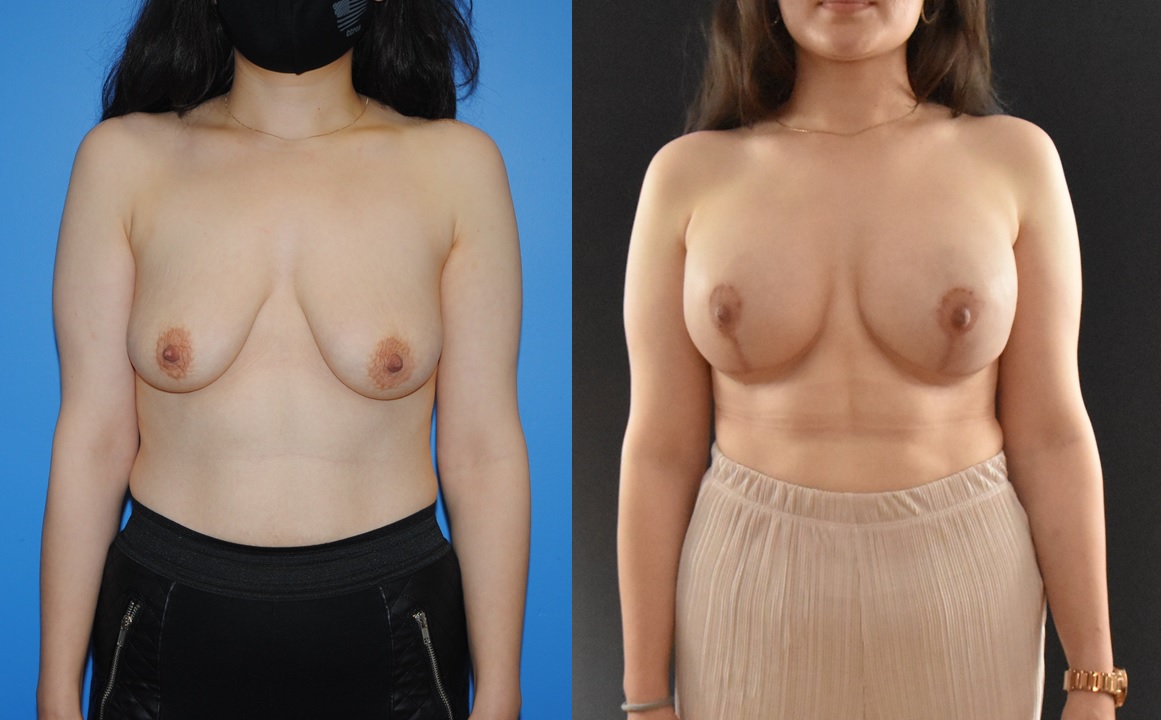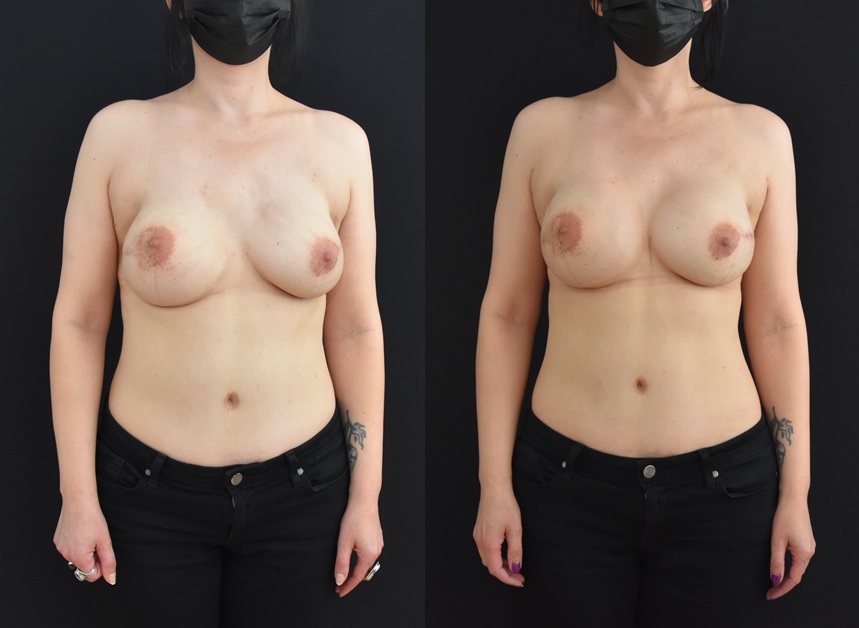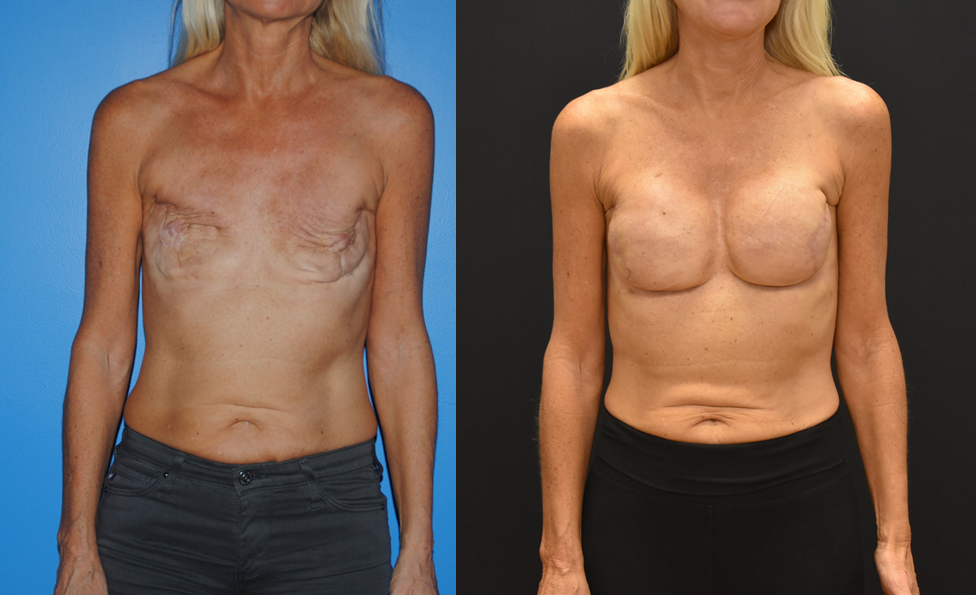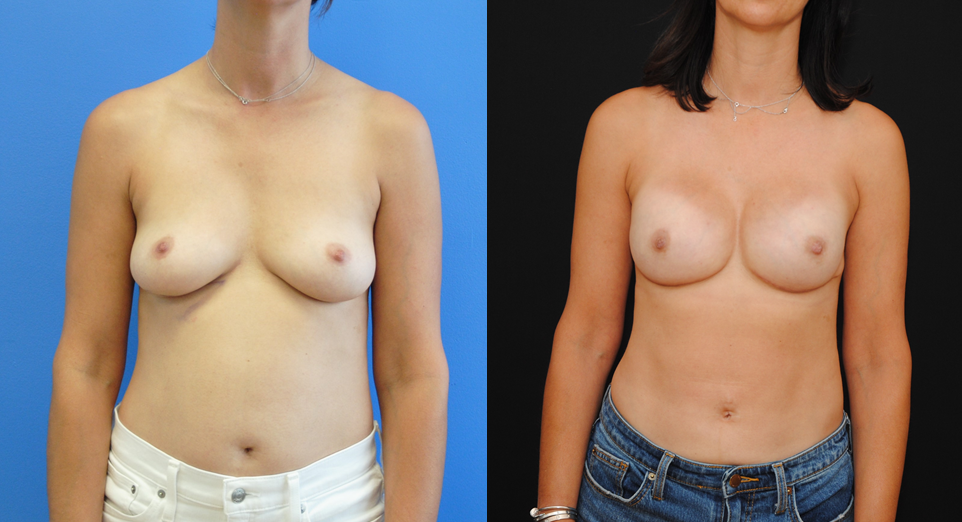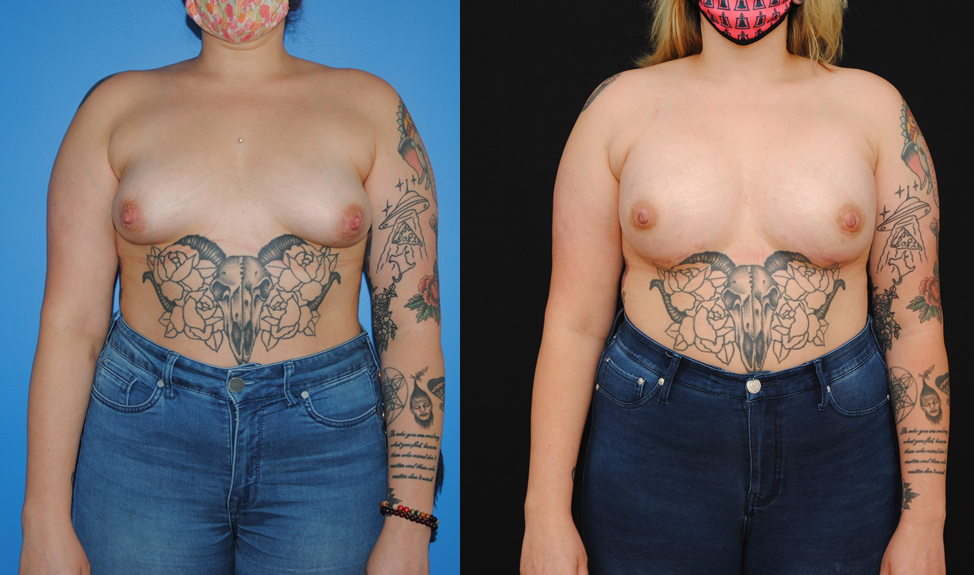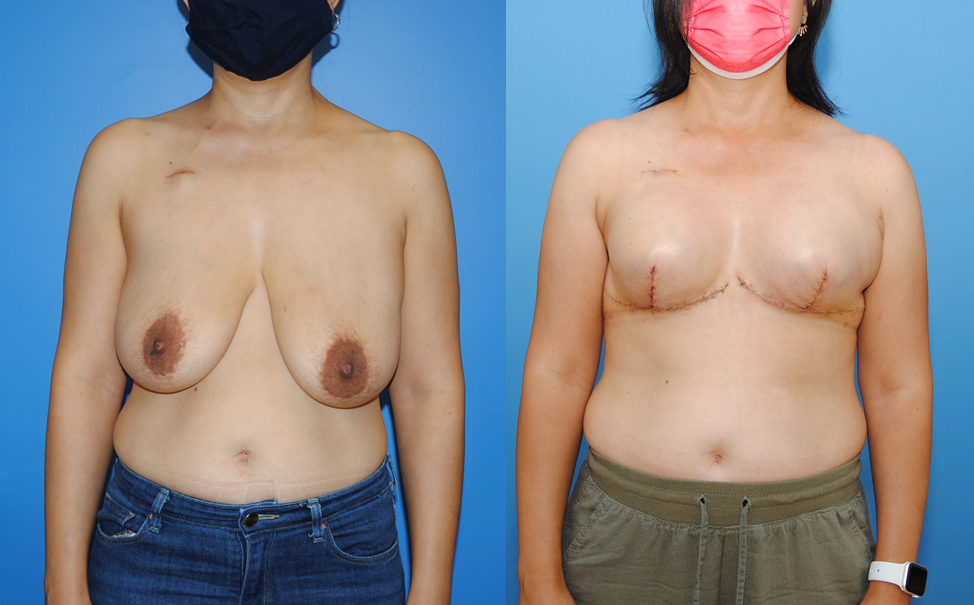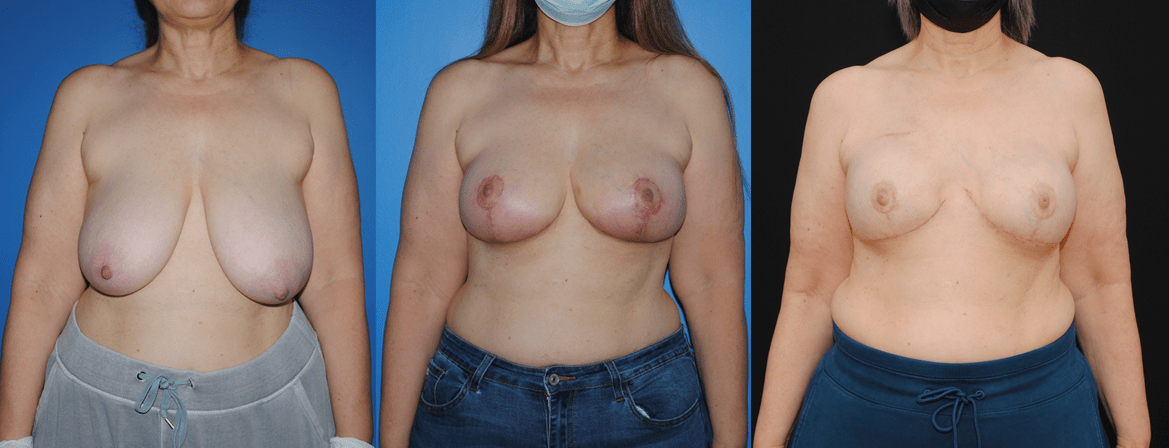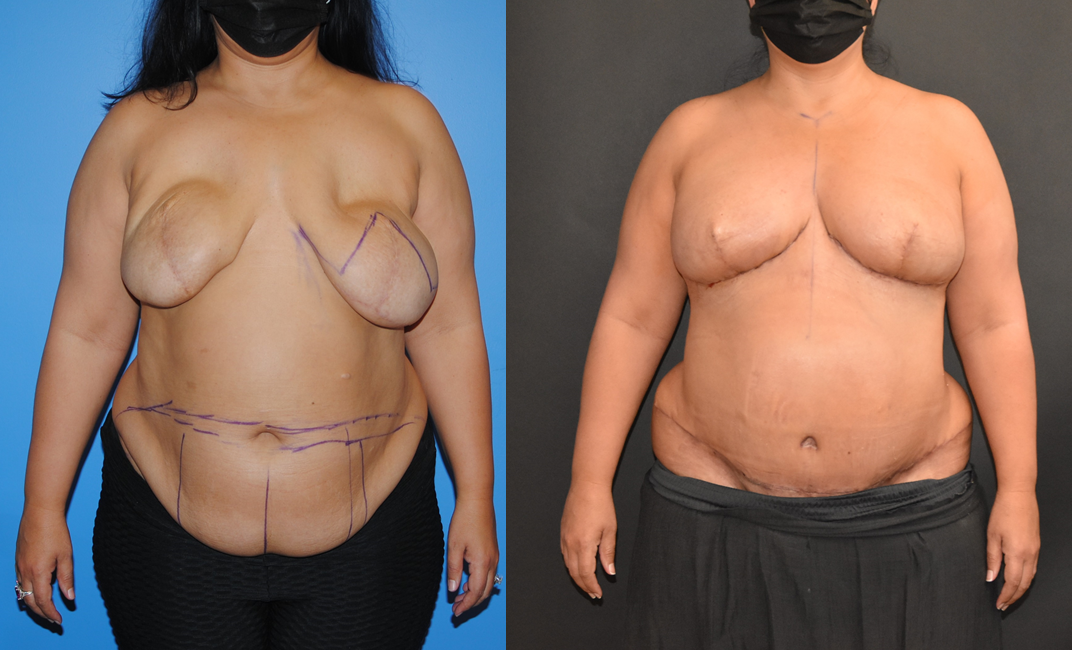Bilateral mastectomy breast reconstruction is common in patients who have BRCA gene positivity. Bilateral mastectomy is also common in patients who choose to undergo mastectomy and contralateral prophylactic mastectomy. When the breast is ptotic, defined by a nipple areola complex that descends below the level of the inframammary fold, the nipple areola complex cannot maintain a blood supply sufficient to…
